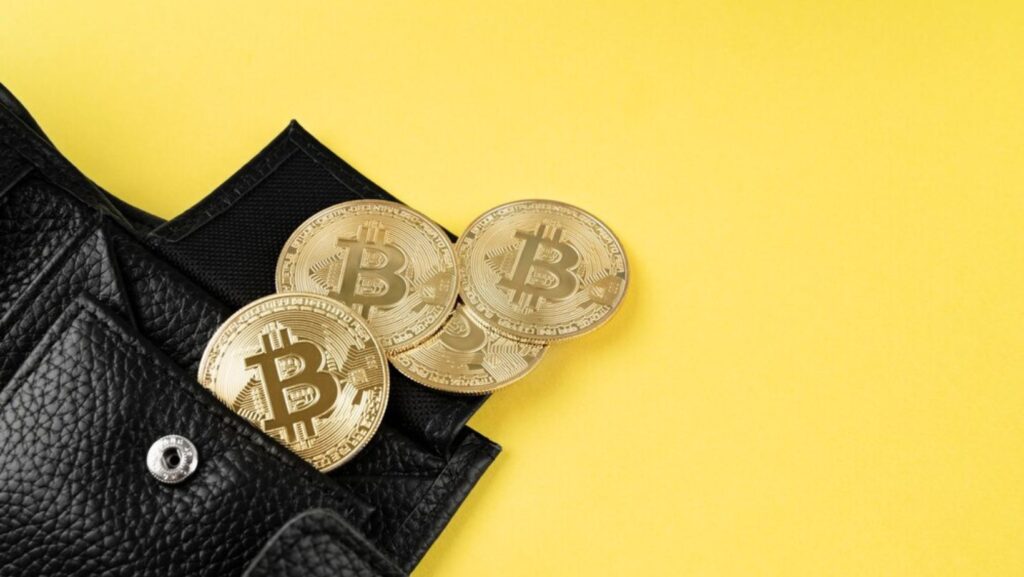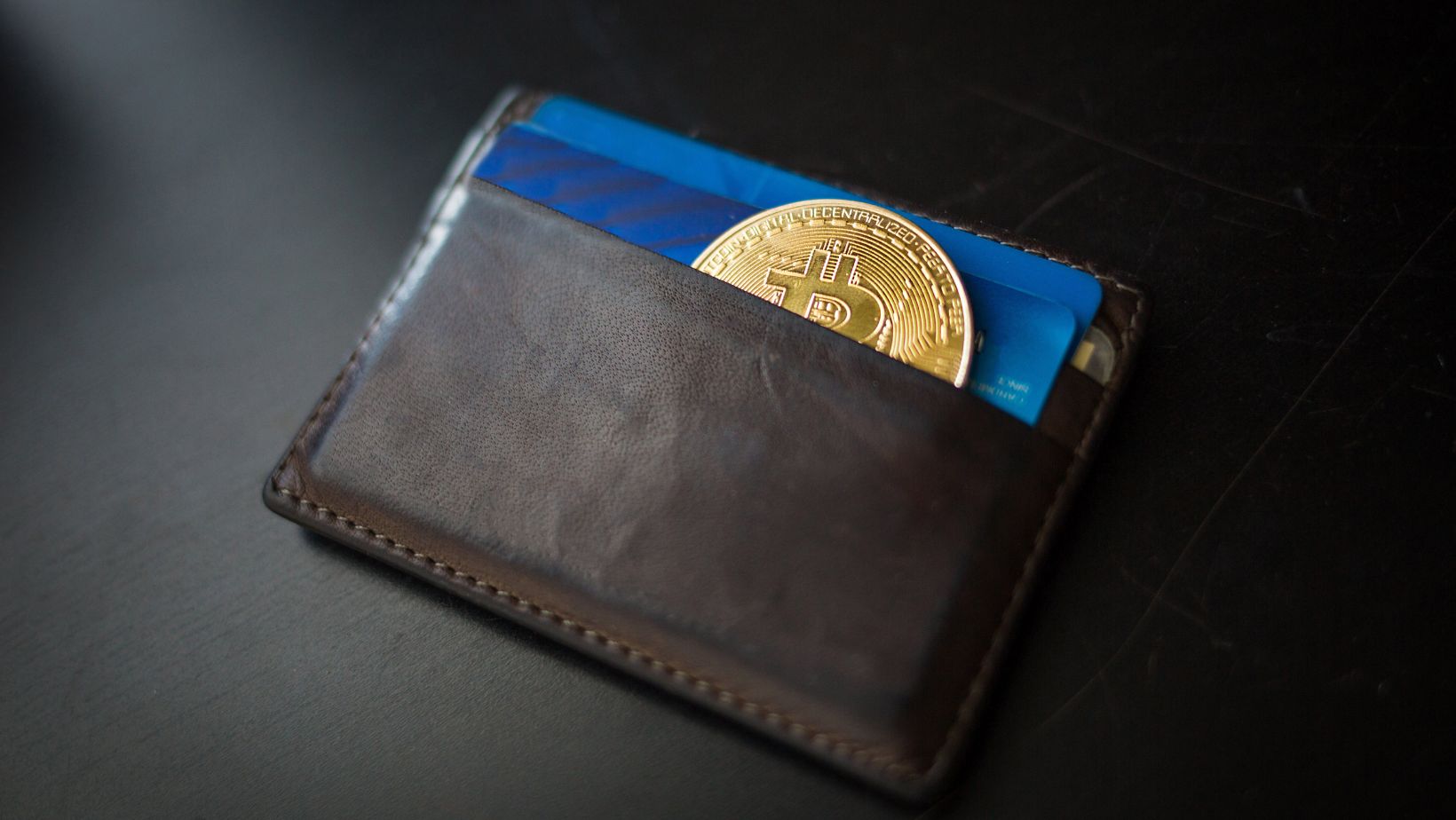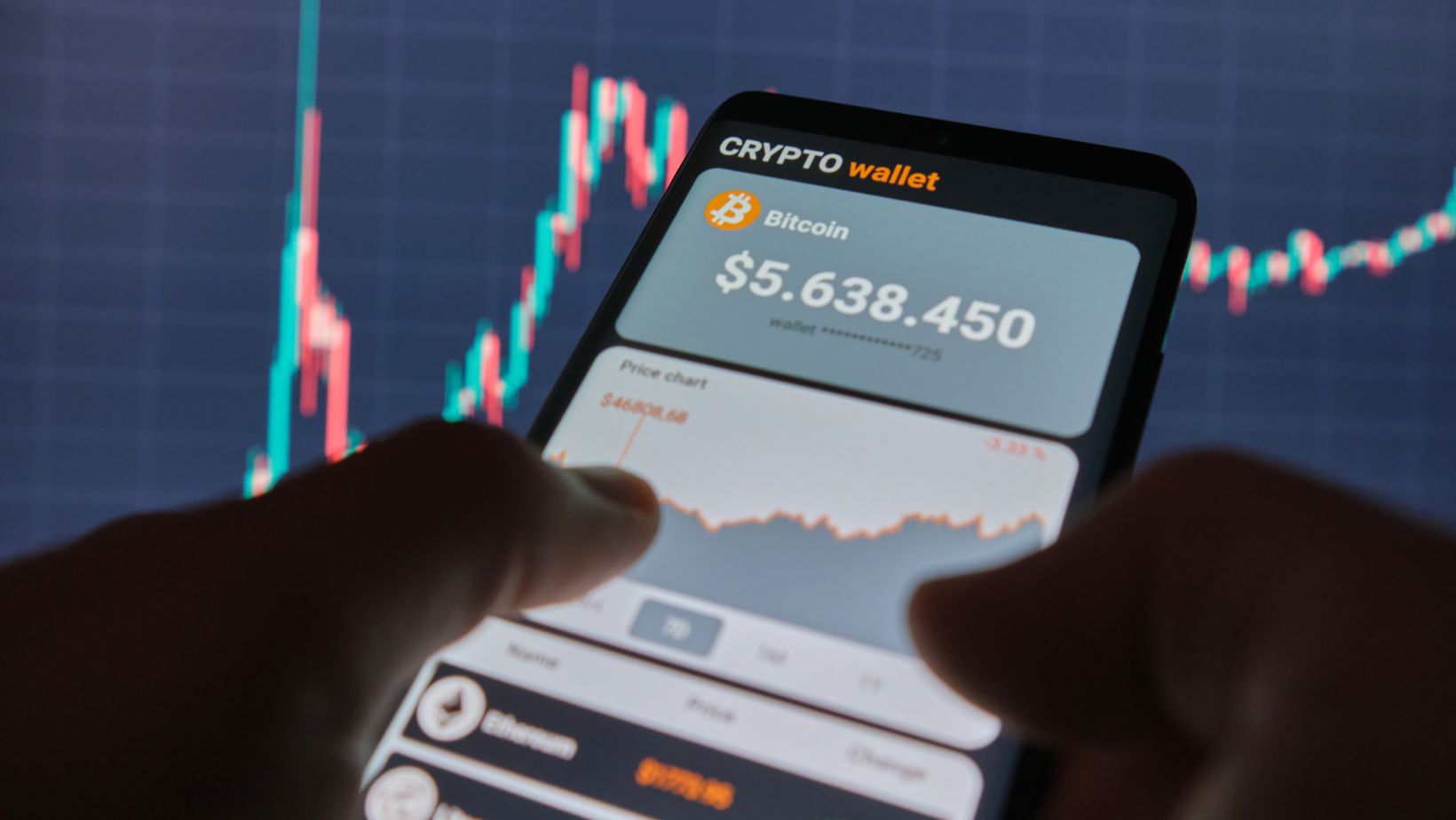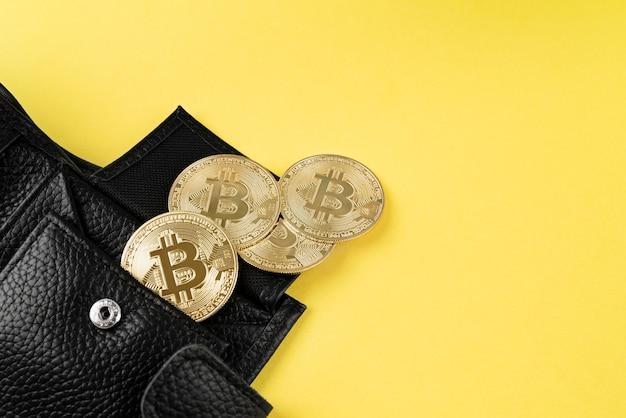
The banking history takes us back to the Roman Empire, when moneylenders became a thing. Banking continued evolving from being a tool for ruling sovereignty to starting the J.P. Morgan & Co. business, so the industry suffered numerous changes throughout the decades. The modern banking system is now almost fully digital, with the emergence of smartphones helping mobile banking become widely adopted.
Traditional bank accounts thrive in our economic system because they manage a nation’s currency. Customers prefer them because they ensure security, personalize customer service experiences, and provide physical branches. However, they are prone to limited accessibility and high fees for many types of transactions.
This is where cryptocurrencies like Bitcoin introduce better ways to store and manage money. Users can hold their assets in numerous ways, from cold to hot wallets. Each ensures either ease of use or high-end security services. Customers also have the option to choose from custodial and non-custodial wallets. Let’s see what benefits and drawbacks these options have compared to traditional bank accounts.
Pros and cons of traditional storage
Traditional banking has been around for a while, so most people trust it primarily for providing physical locations. The reassurance of consulting a bank employee when facing a challenge makes these institutions so reliable. Banking companies also train their staff to ensure a customer experience for each customer to build long-term relationships with loyal clients.
Still, the drawbacks of traditional banking make people switch to other alternatives. These companies charge customers for various activities like ATM withdrawals and account maintenance, which can sometimes be significant. In addition, some processes tend to be lengthy, such as applying for a loan. Unfortunately, most banks have limited accessibility as they rarely work during people’s out-of-office hours.
Exploring cryptocurrency storage options
Although cryptocurrency is quite a new industry, it has provided users with myriad options for storing their assets, considering their level of expertise and risk levels.

Usually, crypto wallets come in two forms:
- Hot wallets operate online, so people can use them on desktops, mobile applications, and web pages. This option is easier to use due to friendly UX, but it exposes the user to numerous risks since they’re connected to the internet;
- Cold wallets are either hardware or paper-backed and are the safest options for storing crypto. Hardware wallets tend to be challenging to set up, while paper formats are simple QR codes printed on paper;
Custodial and non-custodial wallets
Another way to categorize wallets is by separating them in terms of control. Custodial wallets are backed by third parties, so they control your private key. Anyone can set up such a wallet since it’s user-friendly, and they’re beneficial because they often offer account recovery options. Still, since they work with intermediaries, custodial wallets expose users to exchange risks as hackers take advantage of their vulnerabilities.
On the other hand, non-custodial wallets are free of third parties, and users can fully control them. This factor makes them less vulnerable to hacks, but it also means that customers must be tech-savvy to set them up and maintain them. At the same time, they’re responsible for losing the private keys, as there’s no chance of recovery.
Most wallets expose users to hacking risks
Unfortunately, only hardware wallets provide the highest level of safety as they don’t require an internet connection to operate. Every other method has its risks, but users must learn about possible scenarios they’re exposed to, such as these historical hacks:
- The MetaMask incident from 2023 resulted in millions of dollars stolen from Ethereum wallets as fraudsters exploited wallet vulnerabilities;
- BitForge vulnerabilities exposed people’s private keys as hackers took advantage of a protocol flaw in popular crypto exchanges;
- The LastPass exploitation led to $4.4 million stolen from users as a result of a data breach;
While these attacks target online wallets, even hardware ones are not 100% safe if the user doesn’t place them in a secure spot where no one can access them. Paper wallets can be easily compromised or lost, so there’s no certainty in either wallet type.
Customers must learn to protect their assets
Cryptocurrency wallets allow users to use them however they like, often without intermediaries. Still, this means that people need to be more careful with holding their assets and protecting private keys because assets cannot be recovered once lost or compromised.
Ideally, users could choose hardware wallets to secure their cryptocurrencies from phishing or malware attacks. Still, employing multi-factor authentication on used devices is an additional security level protecting users.
Some believe that spreading your assets over multiple wallets reduces risks, so you could have multiple types of wallets. Moreover, using a VPN service to safely access your wallet can secure surfing the internet.
Will traditional banks catch up to decentralized financial systems?
While we expect decentralized systems to become mainstream, we’re waiting for regular banks to catch up on technological developments and improve their services and operations.

Experts forecast that the banking sector will approach:
- Hybrid models that combine digital banking and traditional experiences;
- Collaborations with FinTech companies to adopt better digital wallets and innovative services;
- AI and automation integrations for instant customer support or automated processes;
Traditional banks are already offering new products through CBDCs (Central Bank Digital Currencies). As a way to traditional digital currencies, worldwide banks issue assets fixed with certain fiat currencies, such as the US dollar, making them safer for customers and innovative for banks. CBDCs provide low cross-border payment costs and ensure financial inclusion but are prone to financial structure changes and are influenced by monetary policies.
How do you store your money?
As customer demands and buying behaviors change, banks change their approaches to stay relevant in the market. Still, considering banking services are not entirely accessible to some audiences, they compete with cryptocurrencies like Bitcoin, which offer investment opportunities and independent holdings. Users can manage their crypto holdings in hot, cold, custodial, and non-custodial wallets, so they have a varied array of services. Hardware wallets are the best option for safety as they’re not linked to the internet, but other methods are more user-friendly.

